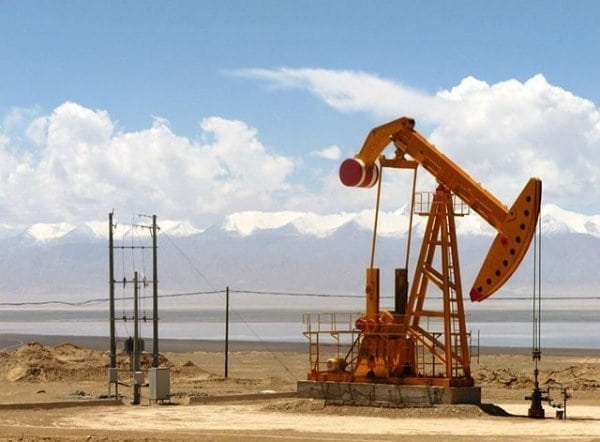
Whether you’re new to the oil industry or a seasoned veteran, you’ve likely heard the terms “conventional oil” and “unconventional oil,” but do you really know what they mean?
Truly, the terms can be a bit misleading, but in general, the differences lie in the method of extraction rather than the oil itself.
If you keep on reading, we’ll cover the basic differences and explain how both methods can contribute to a productive oilfield in the oil and gas industry.
Conventional Oil
When most people think of oil drilling, they imagine large oil rigs with drills that extract oil from large pools. This type of extraction has been around since the late nineteenth century, as the oil obtained is already flowing between rock formations underground.
The natural pressure from the well is all it takes to pump this oil to the surface. The term “conventional oil” refers to oil obtained by this method.
2b1 Consulting explains that after these oil fields have been significantly depleted, the well’s natural pressure might drop to where it cannot extract more oil. In this case, water or gas injection can be used.
Oil extracted by these methods is still considered “conventional.”After decades of traditional oil extraction, most oil pools have been discovered. While conventional oil isn’t going away, the recognition of its limited availability led to the development of alternative oil drilling techniques.
Unconventional Oil
The term “unconventional oil” refers to oil that is obtained without using the traditional method. Yet what’s so different about the location of this oil?
To start, formations that don’t allow for oil flow are said to have low permeability. Platt explains that rocks with a permeability below 0.1 millidarcies are considered unconventional. Both coal and sandstone fall under this definition. Natural Gas Now explains that another important difference regarding how the oil is trapped within these sediments.
Traditional oil extraction is easy because a rig can drill straight down into the pool. Sediments like sandstone, however, are formed in layered deposits. Instead of a pool, oil in these layers is spread out in small amounts. To reach the dispersed oil, horizontal drilling is used to go into the layer. One well-known method is hydraulic fracturing (a.k.a. “fracking”), used to create cracks in this rock to allow for oil flow.
While new technology has allowed for more unconventional drilling, these techniques are still more expensive than conventional drilling. Methods such as fracking have also come under scrutiny due to their potentially negative impact on the environment.
Two Sides of the Same Coin
Talk about “conventional” and “unconventional” oil has led to the misunderstanding that these methods are in competition with each other. However, the opposite is true. Methods can change for a given location.
Platt gives the example of the Mississippi Lime play. After decades of conventional drilling, this play has been revived with unconventional methods. Mark Plummer, CEO of Chestnut & Production Inc. describes how these methods complement each other.
Once “conventional oil” can no longer be extracted, switching to unconventional methods can rev up production. Many companies today practice this change.
Summary
Despite the terms, conventional and unconventional oil refers to the method of oil extraction. While oil can be different based on the method of extraction, oil processing methods, and separation are the same.
While unconventional methods have grown more prominent over the past several years, conventional oil methods are still used. It’s important to recognize that when used together, both methods can maximize extraction from a single location.
We hope that with our clarification of these terms, you can better understand the oil drilling industry as a whole.
About Keystone Energy Tools
Keystone Energy Tools is a manufacturer with over fifty years of combined experience in designing, manufacturing, and delivering high-quality oilfield tools, including elevators, slips, dies and inserts, tongs dies, safety clamps, stabbing guides, drill pipe float valves, baffle plates, float valve pullers, rotating mouseholes, and tong blocks.
By using the latest in 3D modeling for product design, implementing unique strategies, and by staying current with the rapid advances in manufacturing technology and quality-assurance standards, Keystone is able to manufacture and produce the most reliable products on the market today.


